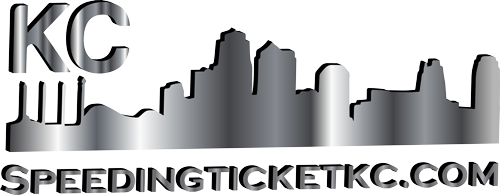When you get stopped by the police and charged with reckless driving, you do not…
How Speeding and Reckless Driving Lead to Severe Car Accidents – Guest Post

Speeding and reckless driving put lives at risk every day. High speeds reduce reaction time, making avoiding sudden obstacles, sharp turns, or unexpected stops nearly impossible. Reckless maneuvers, such as aggressive lane changes and tailgating, create chaos on the road, increasing the likelihood of catastrophic collisions. The devastating consequences range from severe injuries to tragic loss of life, leaving families shattered and communities mourning.
Victims often struggle with medical bills, lost income, and emotional distress after such accidents. Seeking justice requires legal expertise, and experienced car accident attorneys are critical in helping victims secure rightful compensation. Their knowledge of traffic laws and accident claims ensures that responsible parties face accountability.
This article exposes the dangers of speeding and reckless driving and explains how these behaviors lead to life-altering crashes. Read on as we bring all the information to light.
Reduced Reaction Time
Speeding shortens the time available to react to sudden changes on the road. When a driver moves too fast, stopping safely becomes difficult. Unexpected obstacles, pedestrians, or abrupt stops from other vehicles demand immediate responses. Excessive speed limits the ability to make split-second decisions, increasing the risk of high-impact collisions.
Increased Impact Force
Faster speeds result in stronger crash forces. When a vehicle moves at high velocity, the energy released during a crash becomes significantly greater. This heightened force causes more severe injuries, extensive vehicle damage, and a higher likelihood of fatalities. Survivors often suffer from long-term physical and emotional trauma due to the violent nature of high-speed collisions.
Loss of Vehicle Control
Reckless driving includes tailgating, weaving through traffic, and ignoring traffic signals. These behaviors make vehicles unpredictable and more challenging to control. Sudden swerves or lane changes at high speeds reduce stability, leading to rollovers or multi-vehicle crashes. Sharp turns become even more hazardous when excessive speed compromises tire grip and steering precision.
Reduced Effectiveness of Safety Features
Seat belts, airbags, and crumple zones function best within standard speed limits. When a vehicle exceeds safe speeds, these protective systems struggle to absorb the force of an impact effectively. High-speed crashes overwhelm safety mechanisms, increasing the likelihood of serious or fatal injuries. Even modern safety technologies fail to compensate for reckless driving behaviors.
Increased Risk of Chain-Reaction Collisions
High-speed crashes often involve multiple vehicles. A reckless driver who loses control may strike another car, pushing it into oncoming traffic or stationary objects. These secondary collisions magnify the damage, making rescue efforts more difficult. Multi-vehicle accidents block emergency responders from reaching victims quickly, delaying critical medical attention.
Greater Risk to Pedestrians and Cyclists
Speeding drivers pose a serious threat to pedestrians and cyclists. A vehicle traveling at excessive speeds requires more distance to stop, reducing the chances of collision avoidance. Pedestrians struck at high speeds suffer more severe injuries, with survival chances decreasing as impact speed increases. Reckless driving in urban areas endangers those using crosswalks and sidewalks.
In conclusion, speeding and reckless driving create dangerous conditions that lead to severe car accidents. Reduced reaction time, stronger impact forces, and loss of control make high-speed crashes more devastating. Safety features become less effective, and the risk of chain-reaction collisions increases. Pedestrians and cyclists face more significant dangers when reckless drivers fail to observe traffic laws. Avoiding these behaviors keeps roads safer for everyone.

